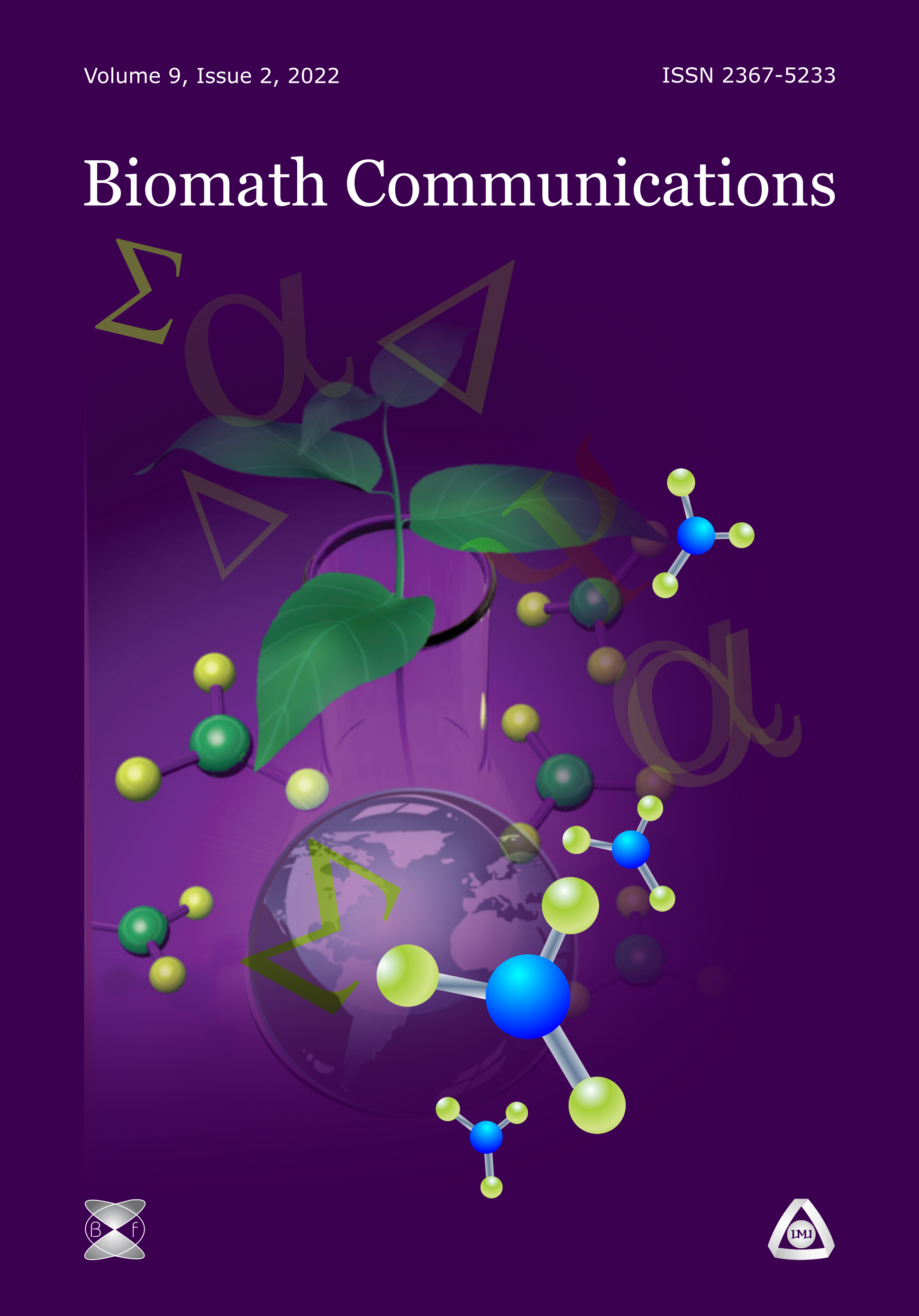A Model for Tuberculosis with Endogenous Reactivation and Exogenous ReinfectionA Model for Tuberculosis with Endogenous Reactivation and Exogenous Reinfection
DOI:
https://doi.org/10.11145/587Abstract
Endogenous infection and exogenous reinfection are two mechanisms responsible for the reactivation or regeneration of active tuberculosis (TB) in individuals who have experienced prior active TB infections. Following primary TB infection, only approximately 10% of individuals develop active TB. Most people are assumed to mount an effective immune response to the initial infection that limits proliferation of the bacilli and leads to long lasting partial immunity both to further infection and to reactivation of latent bacilli remaining from the original infection. Infected individuals may develop active TB as a consequence of exogenous reinfection, i. e., acquiring a new infection from another infectious individual.In this paper, we propose a new model of tuberculosis with endogenousreactivation and exogenous reinfection. The analysis reveals that the modelundergoes a backward bifurcation, where a stable disease-free equilibrium(DFE) co-exists with a stable endemic equilibrium when the associated reproduction threshold В R is less than unity. This phenomenon resulted due to the exogenous reinfection property of TB disease. It is shown that, in the absence of such reinfection, the model has a globally-asymptotically stable DFE when В R is less than unity. Numerical results are provided toillustrate theoretical results.Downloads
Published
Issue
Section
License
The journal Biomath Communications is an open access journal. All published articles are immeditely available online and the respective DOI link activated. All articles can be access for free and no reader registration of any sort is required. No fees are charged to authors for article submission or processing. Online publications are funded through volunteer work, donations and grants.
Authors who publish with this journal agree to the following terms:
- Authors retain copyright and grant the journal right of first publication with the work simultaneously licensed under a Creative Commons Attribution License 4.0 that allows others to share the work with an acknowledgement of the work's authorship and initial publication in this journal.
- Authors are able to enter into separate, additional contractual arrangements for the non-exclusive distribution of the journal's published version of the work (e.g., post it to an institutional repository or publish it in a book), with an acknowledgement of its initial publication in this journal.
- Authors are permitted and encouraged to post their work online (e.g., in institutional repositories or on their website) prior to and during the submission process, as it can lead to productive exchanges, as well as earlier and greater citation of published work (See The Effect of Open Access).

